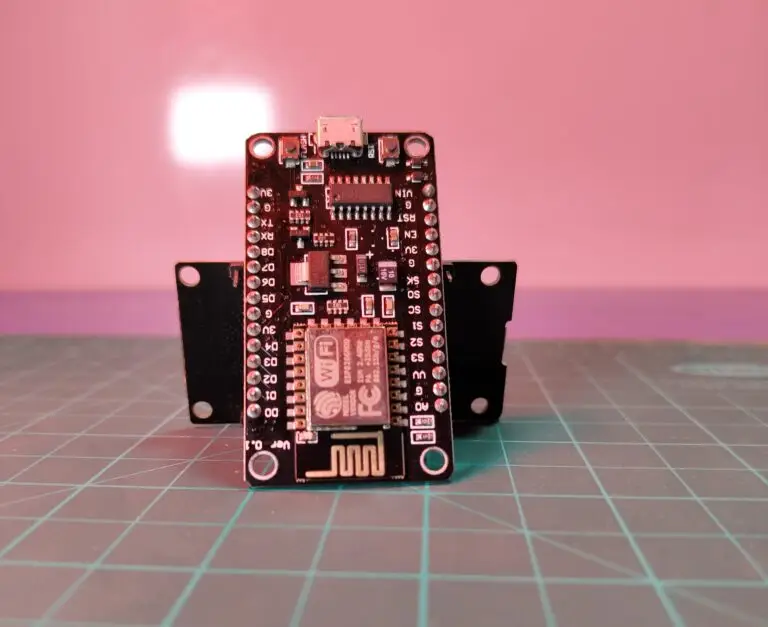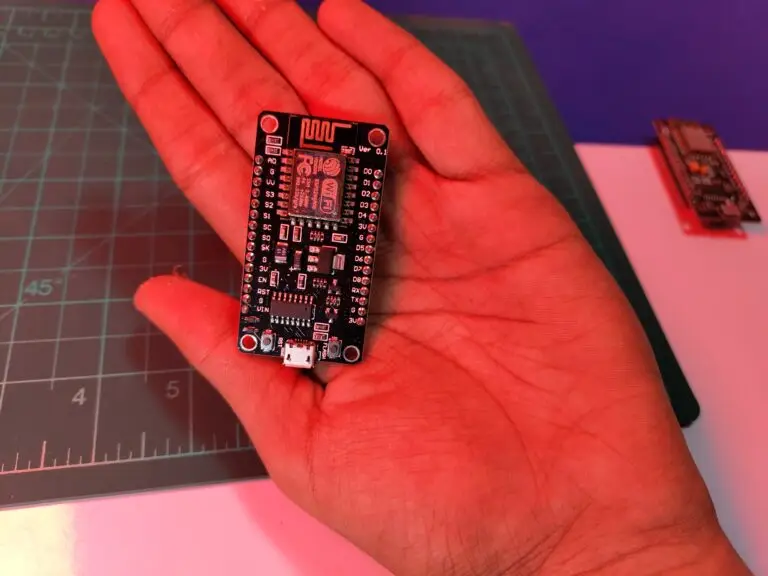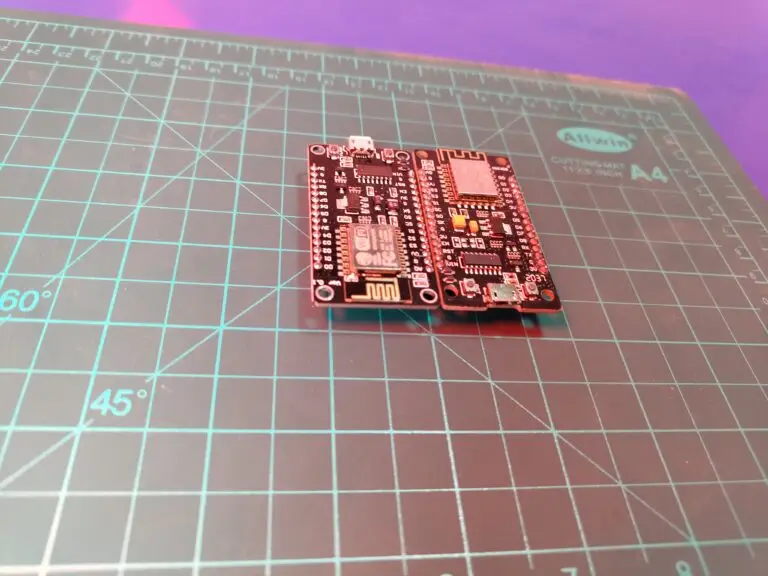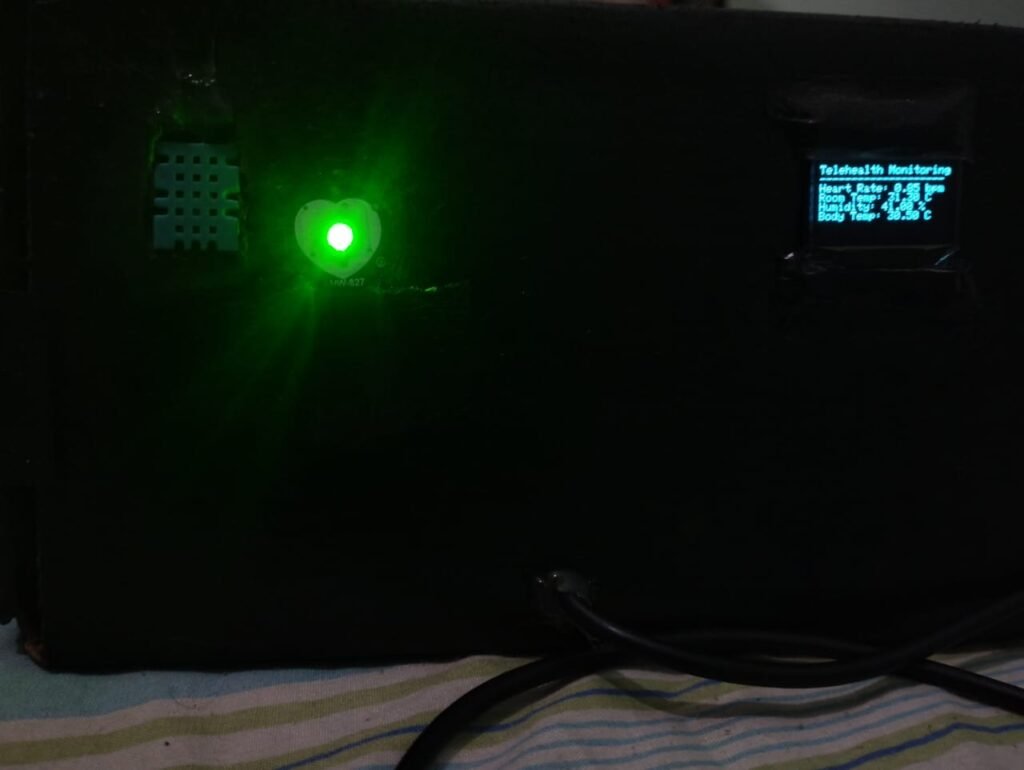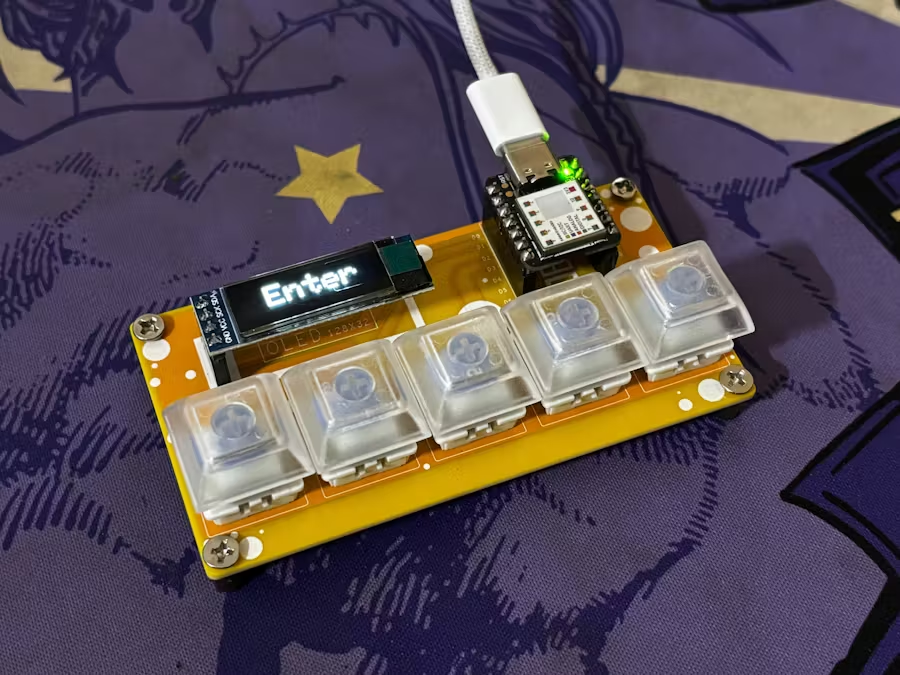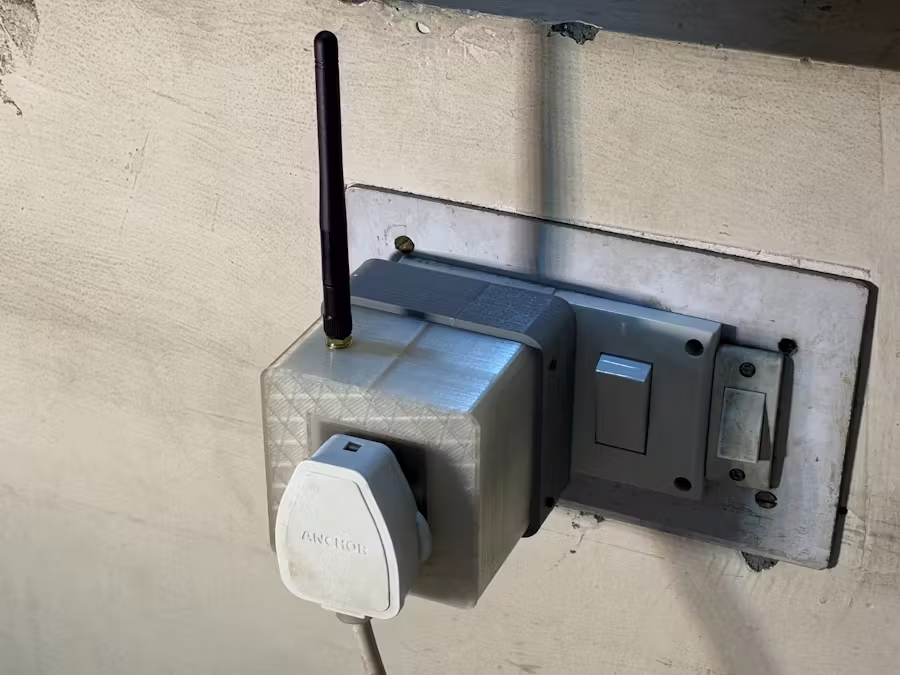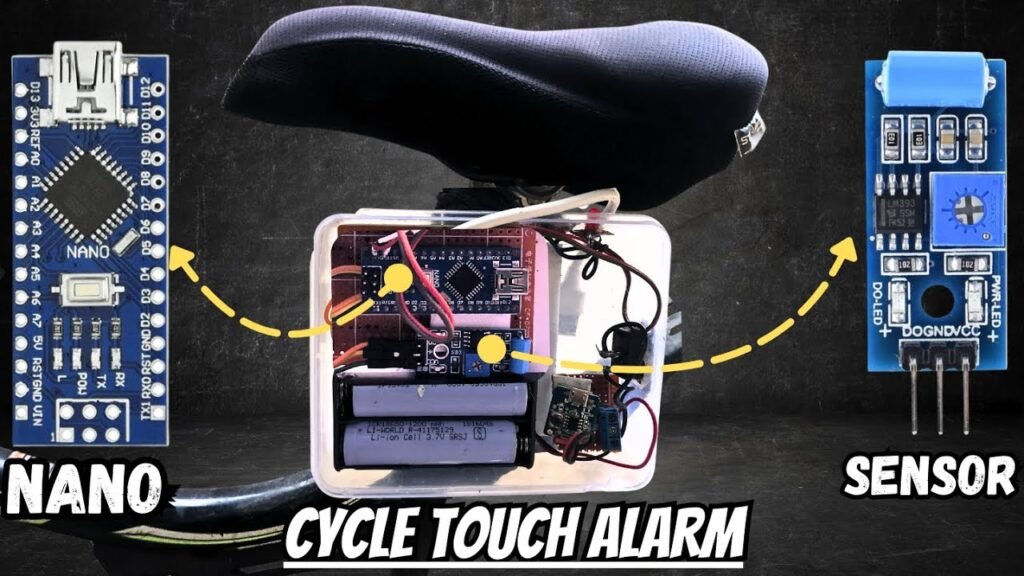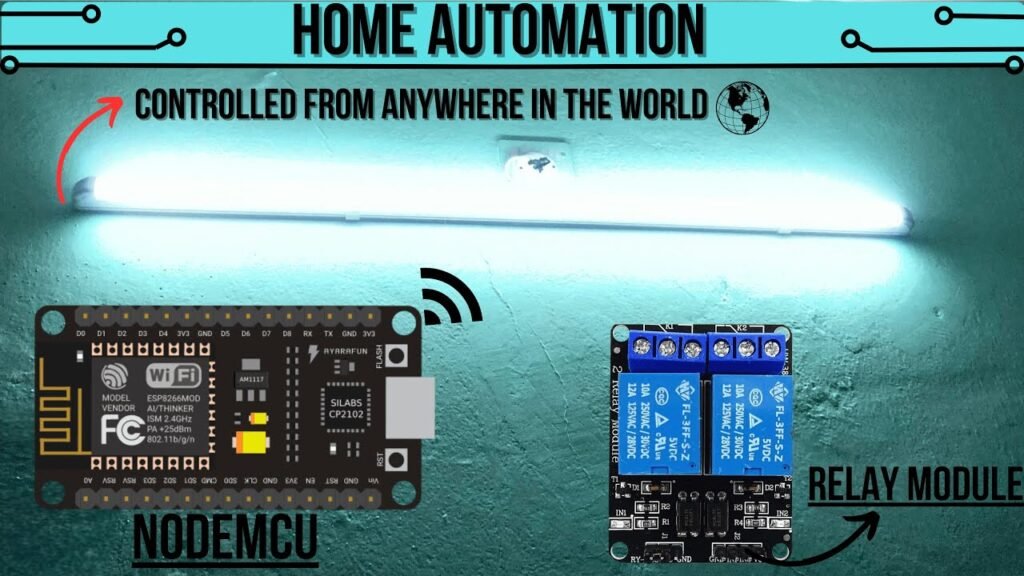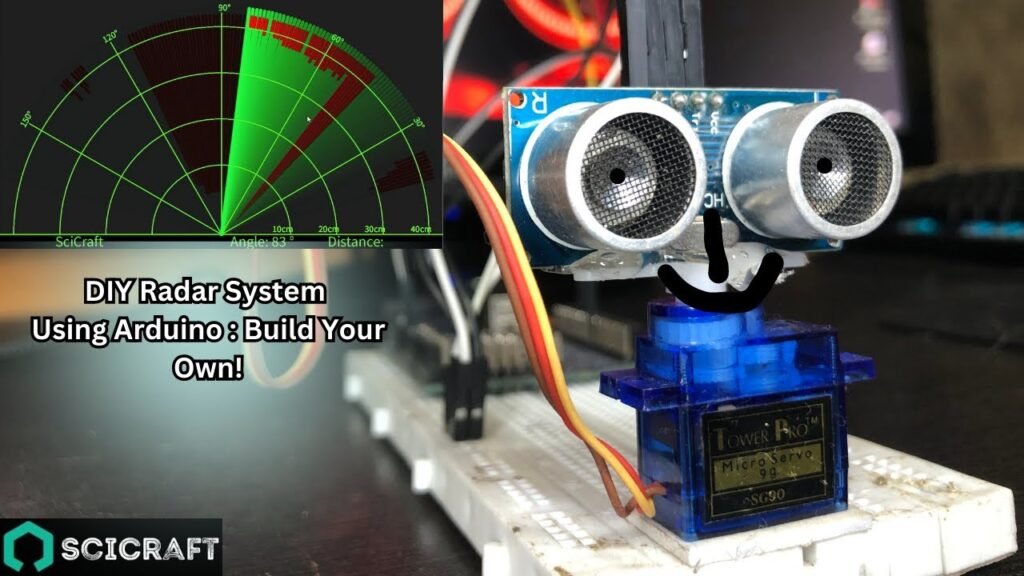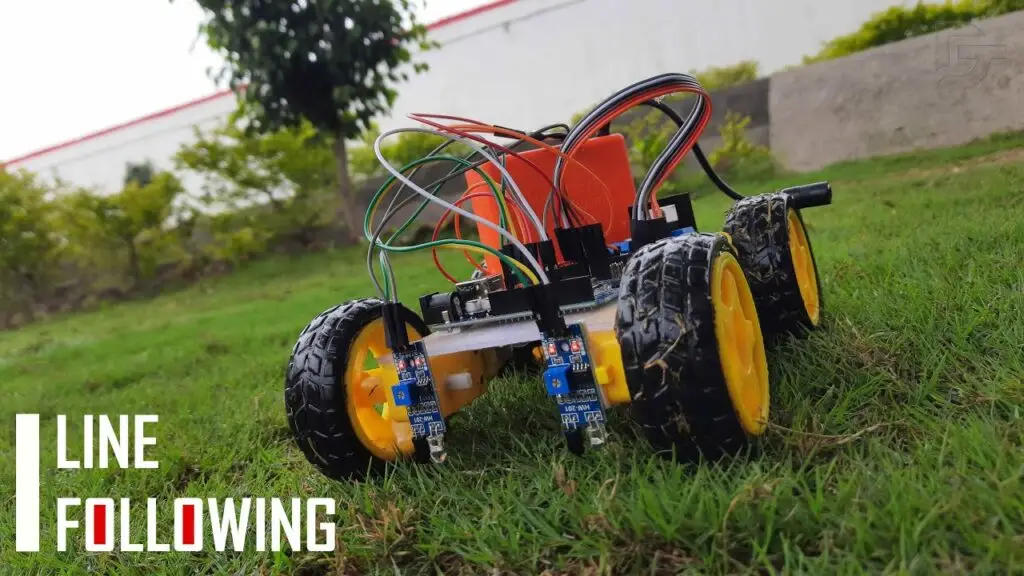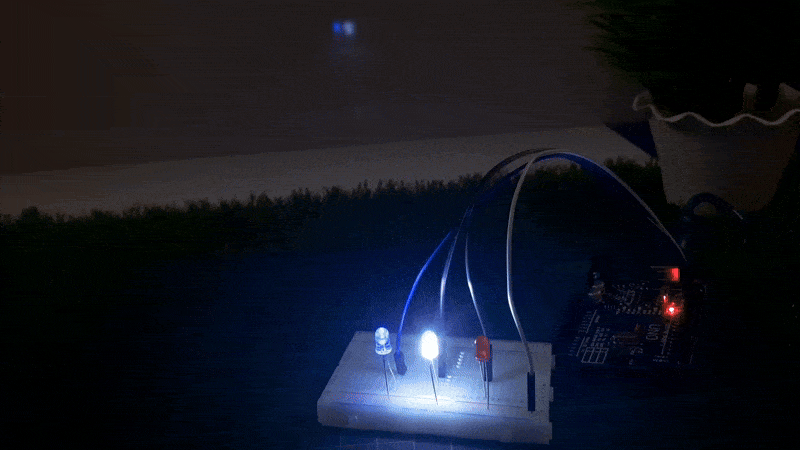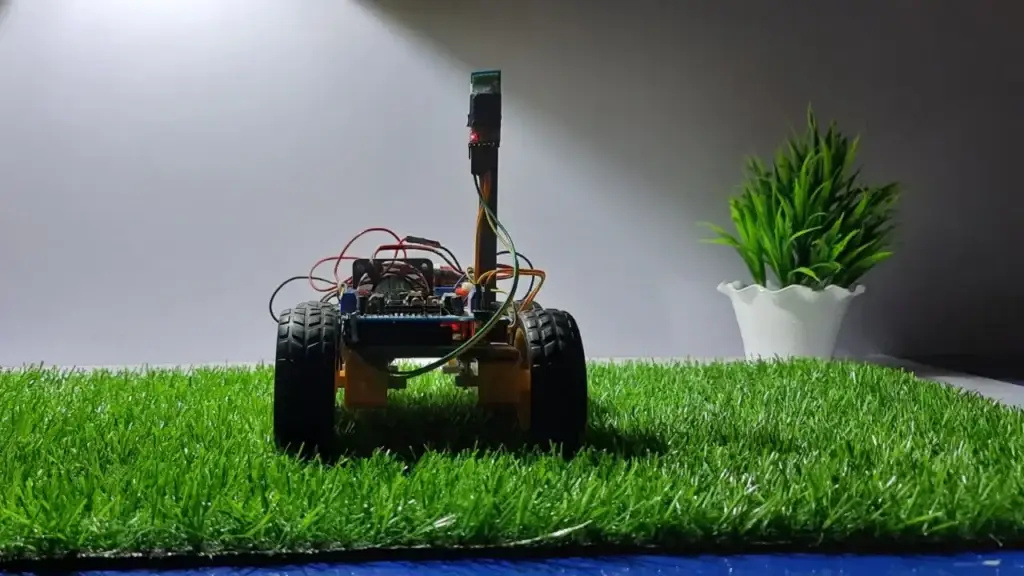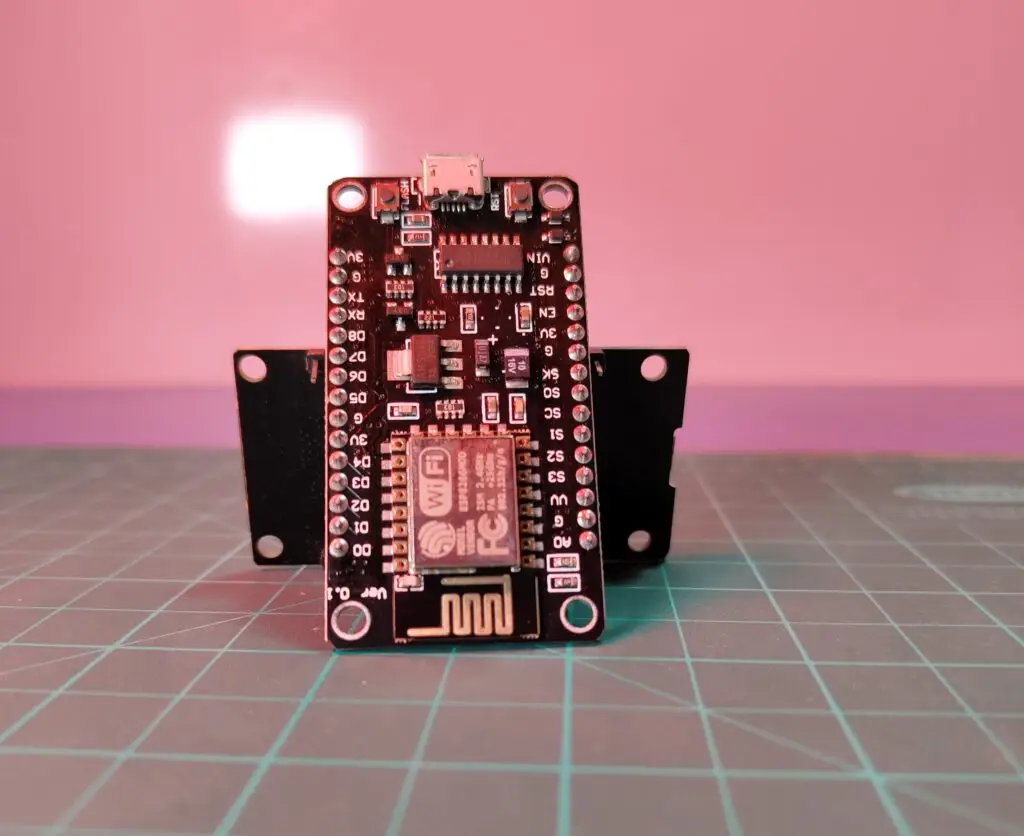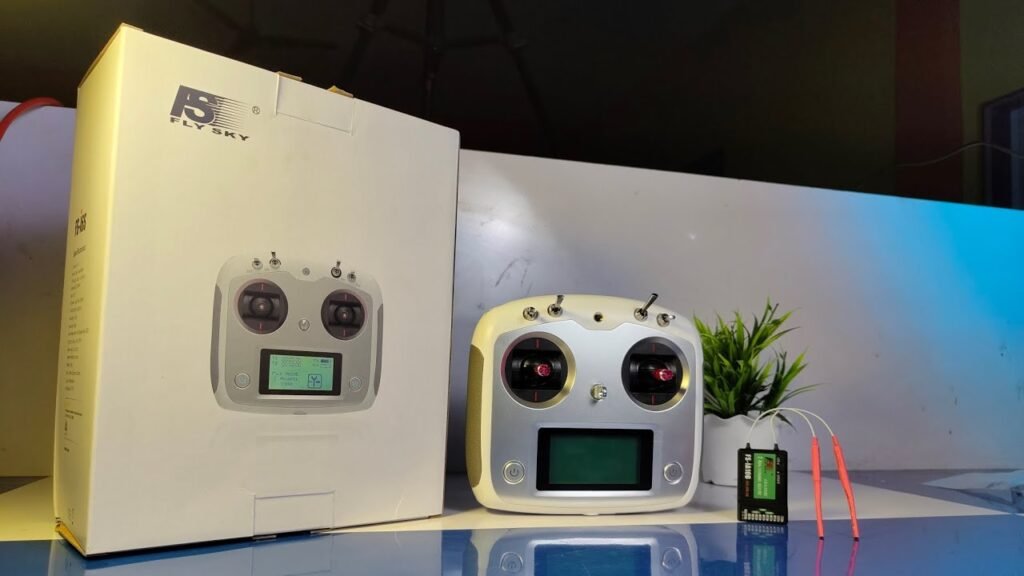In this tutorial, we’ll walk you through how to use the NodeMCU ESP8266 microcontroller for educational experiments in Wi-Fi network behavior and ethical hacking environments. This project is great for students and enthusiasts looking to understand wireless protocols, microcontroller interfacing, and basic penetration testing practices—all in a controlled and educational setup.
⚠️ Disclaimer: This project is intended strictly for educational and awareness purposes. Do not use it on networks you do not own or have explicit permission to test.
🧰 What You’ll Need:
NodeMCU ESP8266 Development Board
Micro USB Cable
A smartphone or PC for flashing
Wi-Fi network for testing (your own)
ZArchiver App (for extracting files)
📶 Default Wi-Fi Access Info
SSID: pwned
Password: deauther
🛠️ Step-by-Step Setup:
Step 1: Flash Firmware to ESP8266
Download the ESP8266Loader app on your Android device and connect your NodeMCU using an OTG cable. Open the loader and flash the preconfigured deauther firmware provided on the project page.
Step 2: Extract Firmware Files
Use the ZArchiver app to extract the .bin files if they come zipped. Ensure all firmware files are unzipped before flashing.
Step 3: Boot the Device
Once flashed, disconnect and reconnect your ESP8266. You’ll notice a new Wi-Fi network named “pwned” showing up in your device’s list.
Step 4: Connect to “pwned” Wi-Fi
Use the password deauther to log in. Open any browser and navigate to 192.168.4.1 — this will load the local web interface of the deauther.
Step 5: Explore Interface
From here, you can scan nearby networks, deauthenticate test devices (your own), and observe signal strengths. Use these tools to understand how packet injection, deauthentication attacks, and beacon floods work.
Step 6: Test & Document
Experiment within the limits of your own network. Log observations about signal ranges, AP spoofing results, and client disconnection behaviors.
Step 7: Safety and Shutdown
Once your test is complete, power down the ESP8266 and safely store it. Always make sure you’re working in a controlled environment with no interference to public networks.
🎵 Audio
Background music used in the video was royalty-free, suitable for creators.
📲 Follow My Work
For more exciting ethical tech builds, security tools, and open-source experiments:
🔗 Follow me on Instagram: drab_tech
💌 For Collaborations & Business:
drabtech@gmail.com
🧠 Note:
This project demonstrates the functionality of Wi-Fi deauthentication and beacon spamming for educational purposes. It is important to use these tools responsibly and legally.
—
Feel free to ask any questions in the comments or send a DM on Instagram.
See you in the next tech drop 🚀

